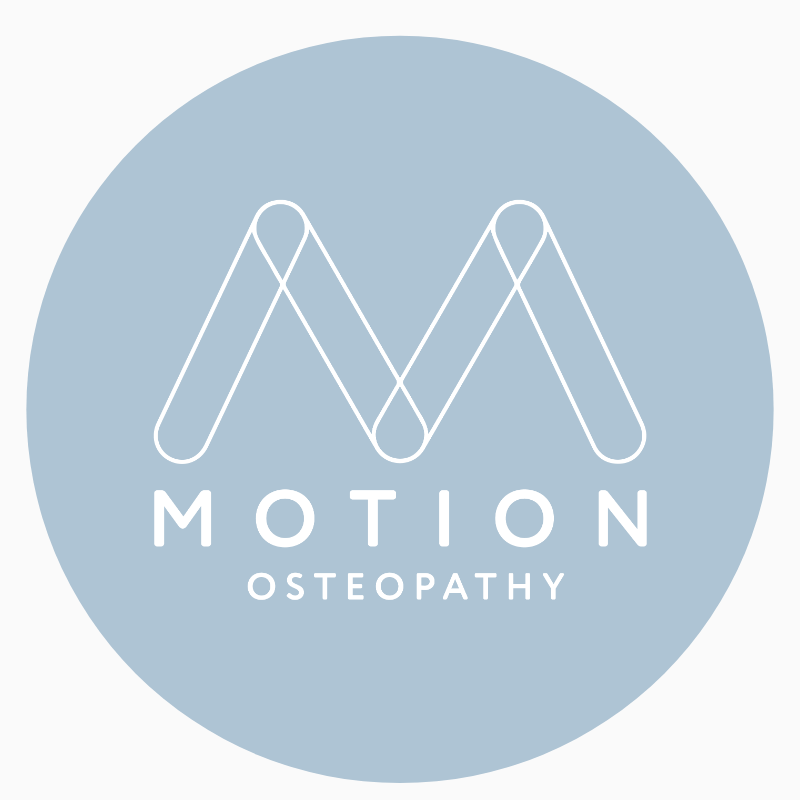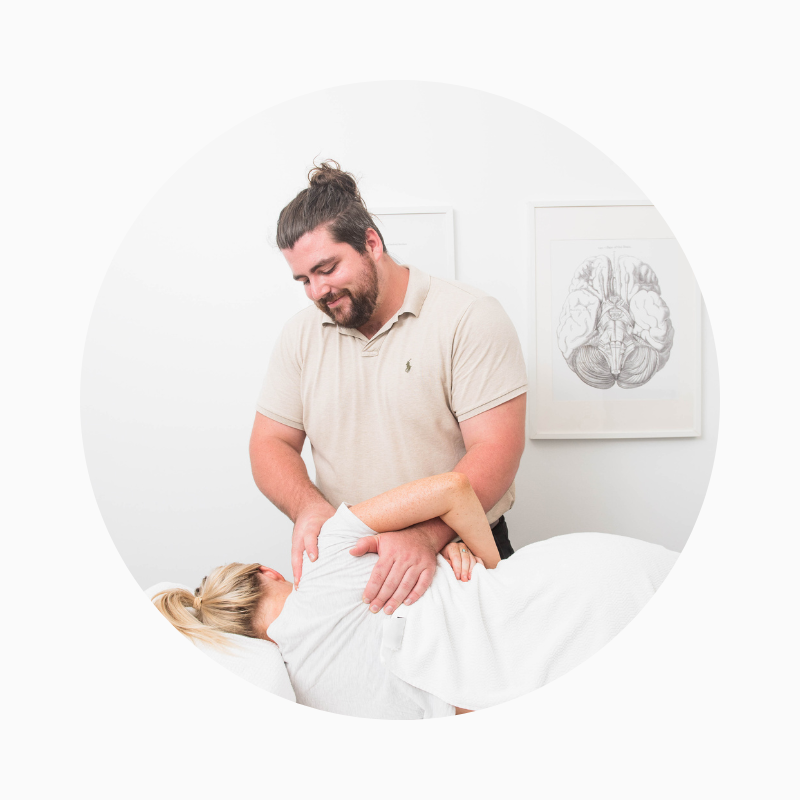Q. WHAT IS OSTEOPATHY?
A. Osteopathy is a non-invasive form of manual medicine specialising in the diagnosis and treatment of physiological and mechanical disorders of the musculoskeletal system including tissue strain, stress and dysfunction that impede normal neural, vascular and biochemical mechanisms.
Osteopaths look at your body as a whole and use a unique system of diagnosis incorporating orthopaedic medical assessments and tools as well as biomechanical and functional assessments to properly diagnose the cause of your symptoms. Osteopaths will then design, review, monitor, evaluate a treatment plan based on your diagnosis.
Osteopathic treatment utilises a combination of manual techniques such as stretching, massage, myofascial release and the manipulation of muscles, joints, ligaments and tendons to bring balance to all the systems of the body.
All of our Osteopaths have completed a minimum of five years’ university training in anatomy, physiology, pathology, general medical diagnosis and osteopathic techniques. They are current members of the Australian Osteopathic Association and registered with the Australian Health Practitioner Regulation Agency.
Osteopaths treat a variety of conditions including:
Headaches / Migraines
Back / Neck / Shoulder Pain
Knee / Hip / Ankle Pain
Lower Back Pain
Arthritic / Joint Pain
Discomfort during Pregnancy
Sporting Injuries
Postural Strain / Scoliosis
Repetitive Strain Injuries
Disc Injury / Sciatica
Q. WHAT SHOULD YOU EXPECT DURING YOUR APPOINTMENT?
A. At your first appointment, your Osteopath will ask you about your medical history to establish when and where the symptoms first started and how they may have changed over time. They will also discuss any previous treatments (if any) you have had, and the impact your pain may be having on your life. After learning the history of your pain, your Osteopath will carry out a hands-on examination, which comprises of various tests of the spine, nervous system, muscles and joints. Generally, none of these tests are painful, however if you are in acute pain, your Osteopath may ask you to demonstrate what positions and movements reproduce or exacerbate your pain.
Depending on the diagnosis your Osteopath may require referral for an x-ray, C-T scan or MRI, your Osteopath will set some treatment goals, with the ultimate goal being to restore maximal, pain-free movement to your muscles and joints.
While you should allow up to an hour for your first session, return visits are usually 30 minutes long and offer treatment & periodic comparative assessments to work towards your goals.


